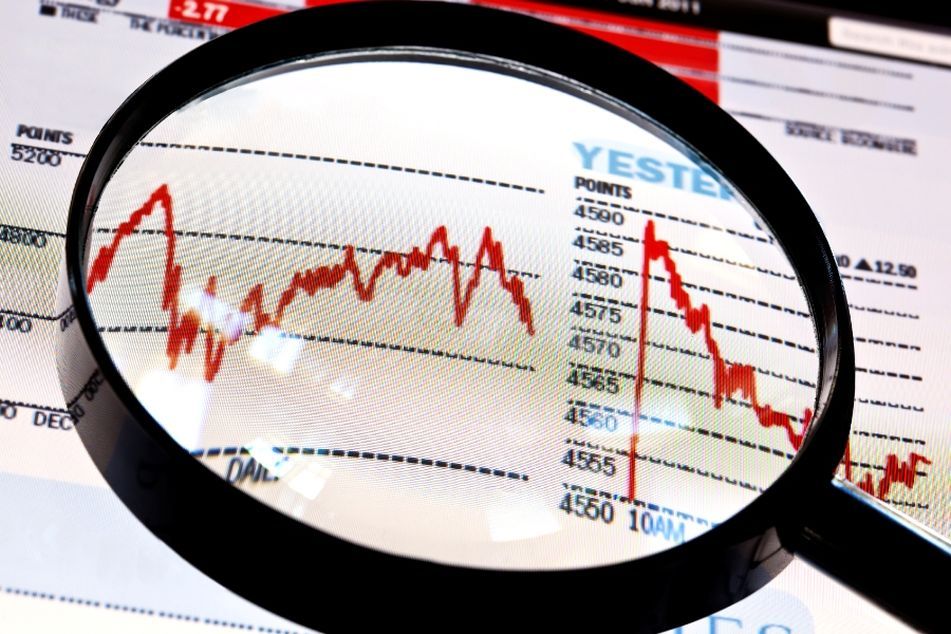Investors poured $32 billion into bonds in March with Vanguard, BlackRock dominating

The inflow was the most since January 2013, thanks to the market's extreme volatility during 2016's start.
Investors poured an estimated $31.9 billion into bond funds in March, and investment advisers did much of the pouring.
The inflow to bond funds was the most since January 2013, when bond funds saw a net $32.6 billion come in, says Morningstar, the Chicago investment trackers.
One reason for the strong flows to bonds: The stock market’s extreme volatility in January and February. From the first of the year through its Feb. 11 bottom, the Standard & Poor’s 500 stock index fell 10.5%, and closed the first quarter with a modest gain of less than 1%.
Despite the stock market’s strong March, with a gain of 6.7% for the S&P 500, investors remained wary of stocks, putting $2.4 billion into diversified U.S. stocks and $4.8 billion into international equities.
“The flows to bond funds were a little surprising,” said Alina Lamy, senior analyst, markets research, for Morningstar. Even more surprising: The $10.7 billion inflow to high-yield bonds, the biggest since October 2011. While high-yield is sensitive to oil prices, which rose in March, investors seem to have shrugged off the collapse of Third Avenue Focused Credit fund in December.
Investors weren’t entirely immune to chasing returns: They sent $1.8 billion into commodity funds in March, for a total of $5.3 billion for the past 12 months. The Dow Jones Gold Mining Index has soared 57.2% this year, thanks to the soaring price of gold bullion.
Many of those investors went into their March purchases with a financial adviser at their side. According to the Investment Company Institute, 80% of the households that own mutual funds outside retirement plans bought them with the help of an investment professional, including registered investment advisers, full-service brokers, independent financial planners, bank and savings institution representatives, insurance agents, and accountants.
Once again, Vanguard led the monthly fund flows, gaining an estimated $5.5 billion in actively managed assets and $23.4 billion in passive funds. Vanguard’s total March inflow for the month was higher than the flows of all the other fund companies combined, Morningstar says.
Biggest actively managed winner for Vanguard: Its intermediate-term bond fund, which gained $1.6 billion in new cash. Vanguard’s Total Bond Market II gained an estimated $4.5 billion.
Close behind: BlackRock/iShares, which saw $15.4 billion flood into its passive funds, and another $965 million into actively managed funds. Even Vanguard’s top fund was overshadowed by the $4.6 billion inflow to iShares MSCI Emerging Market ETF (EEM).
The American funds racked up $1.8 billion in net new sales, entirely in actively managed shares.
Biggest losers: Franklin Templeton, which saw an estimated net $2.8 billion in redemptions, despite its strong presence in the municipal bond market. The San Mateo, Calif. Fund complex saw an estimated $1.1 billion flee Templeton Global Bond fund (TPINX).
PIMCO followed in the losers’ category, with outflows from actively managed funds of $1.3 billion. But it was a mixed bag for PIMCO. The Newport Beach, Calif.-based fund company did have $307 million in inflows to its passive products, and Morningstar estimates that PIMCO Income fund (PONAX) gained $1.2 billion.
Manager departures took their toll on funds. Ivy Asset Strategy (IVAEX) saw $1.5 billion outflow on the news that longtime manager Michael Avery will retire June 30. The departure of Rajiv Jain from Virtus Emerging Markets Opportunities (VTGIX), effective May 31, was probably behind that fund’s $1.2 billion outflow for March.
Learn more about reprints and licensing for this article.








